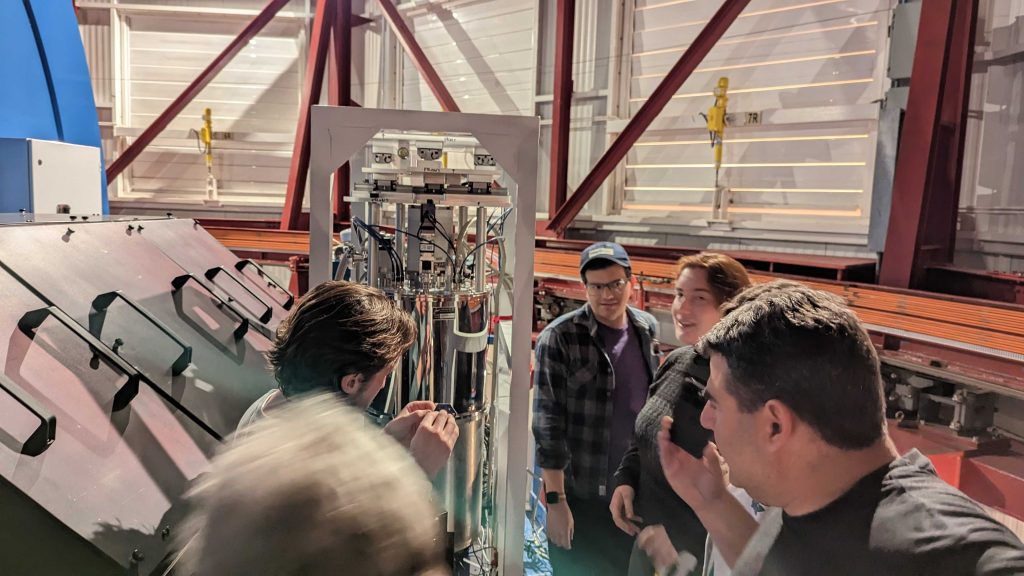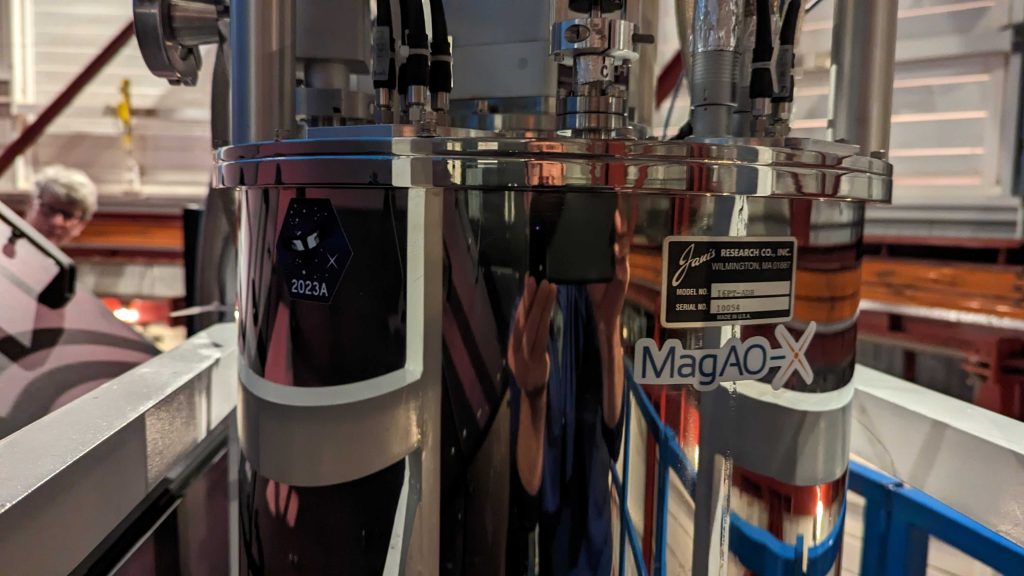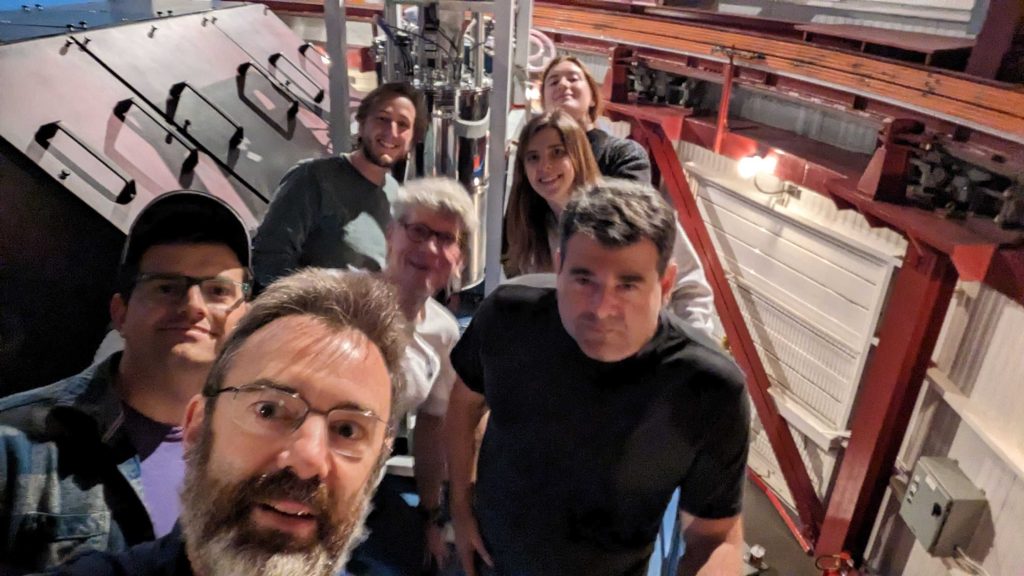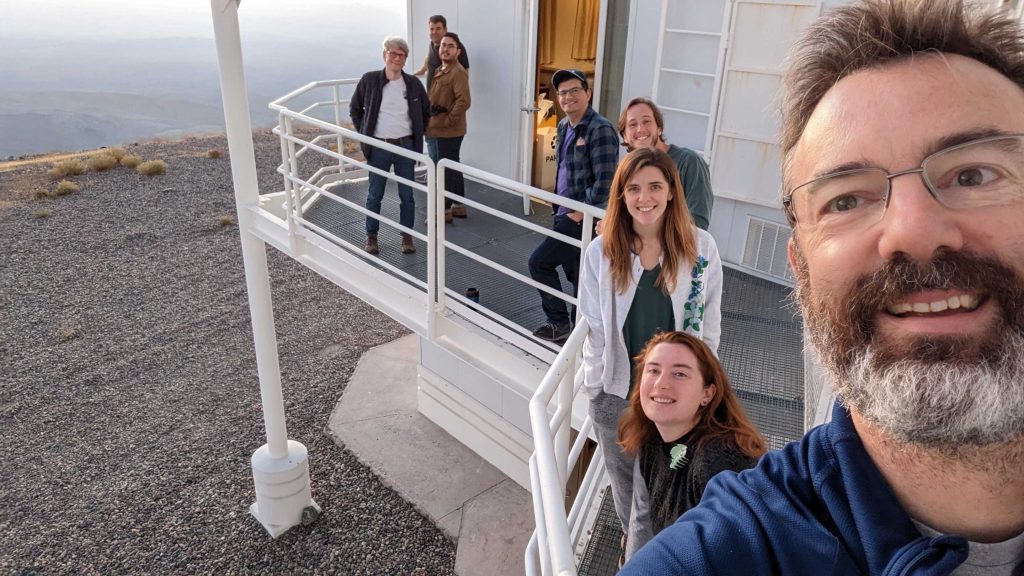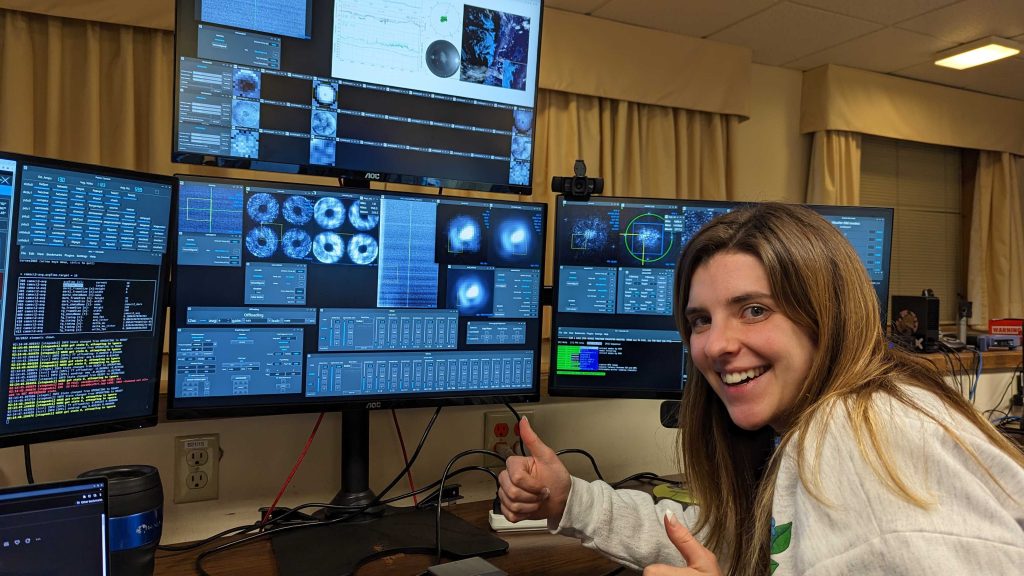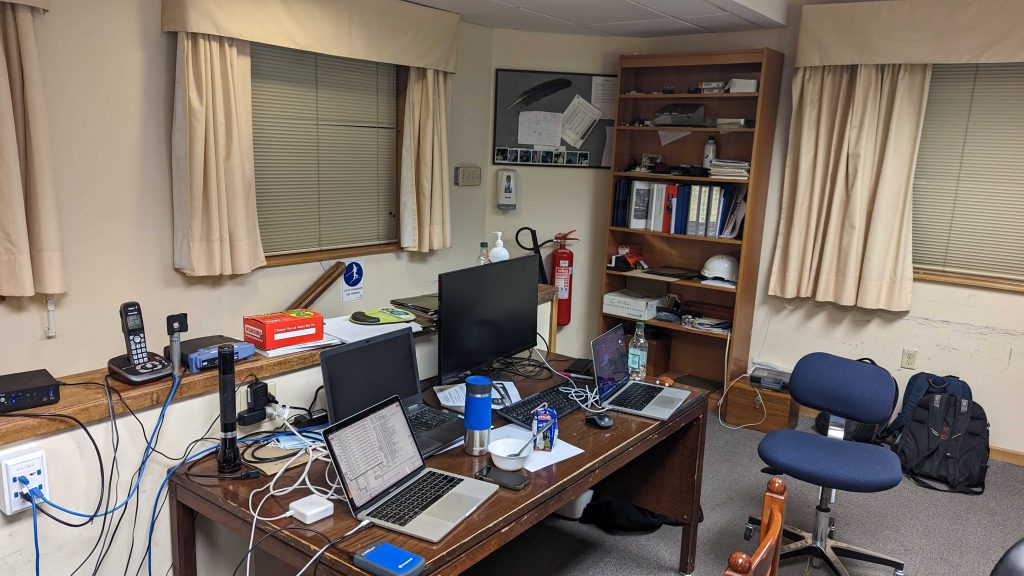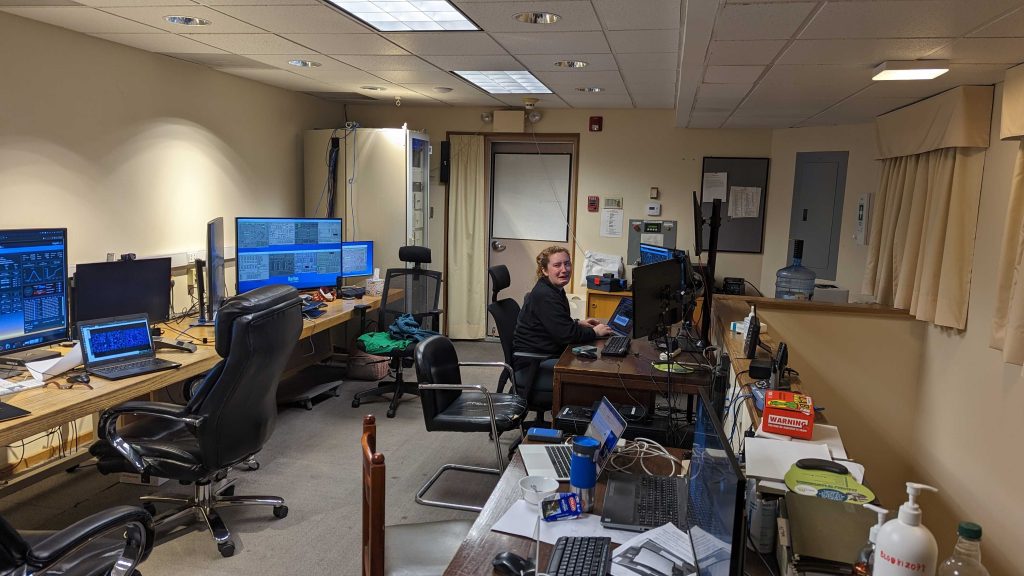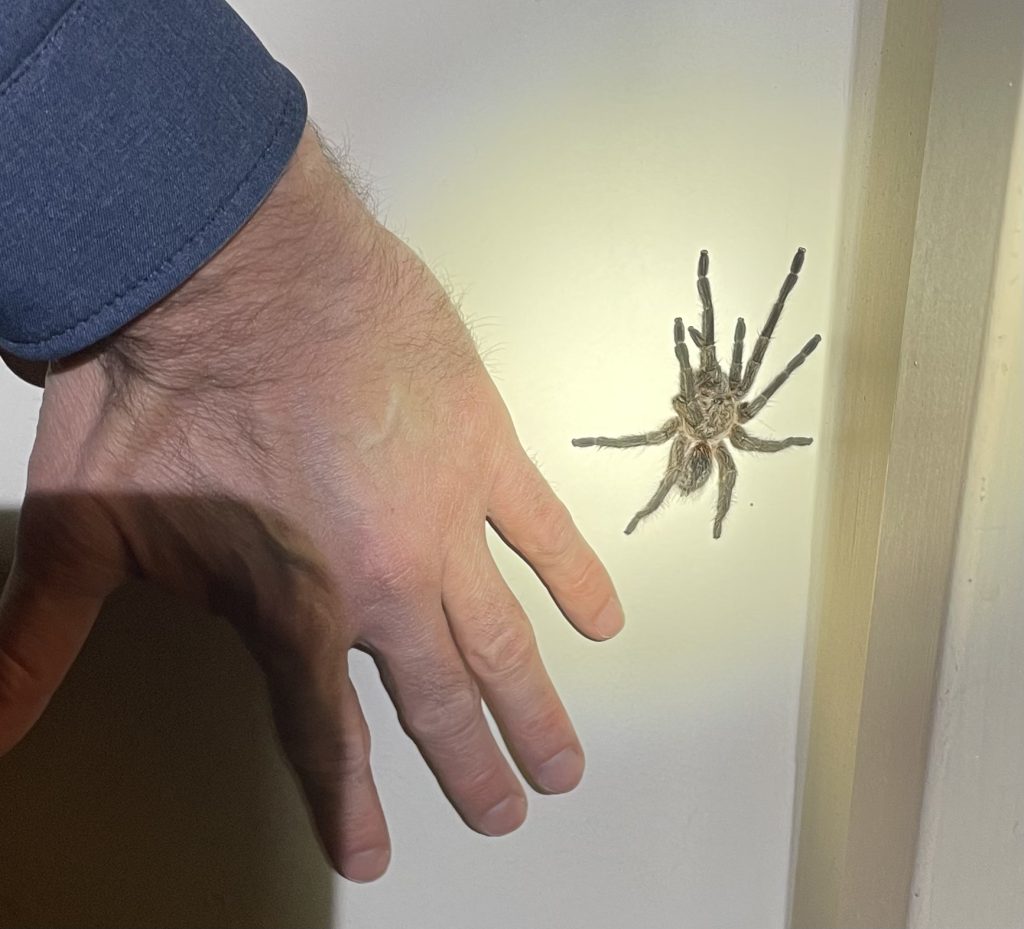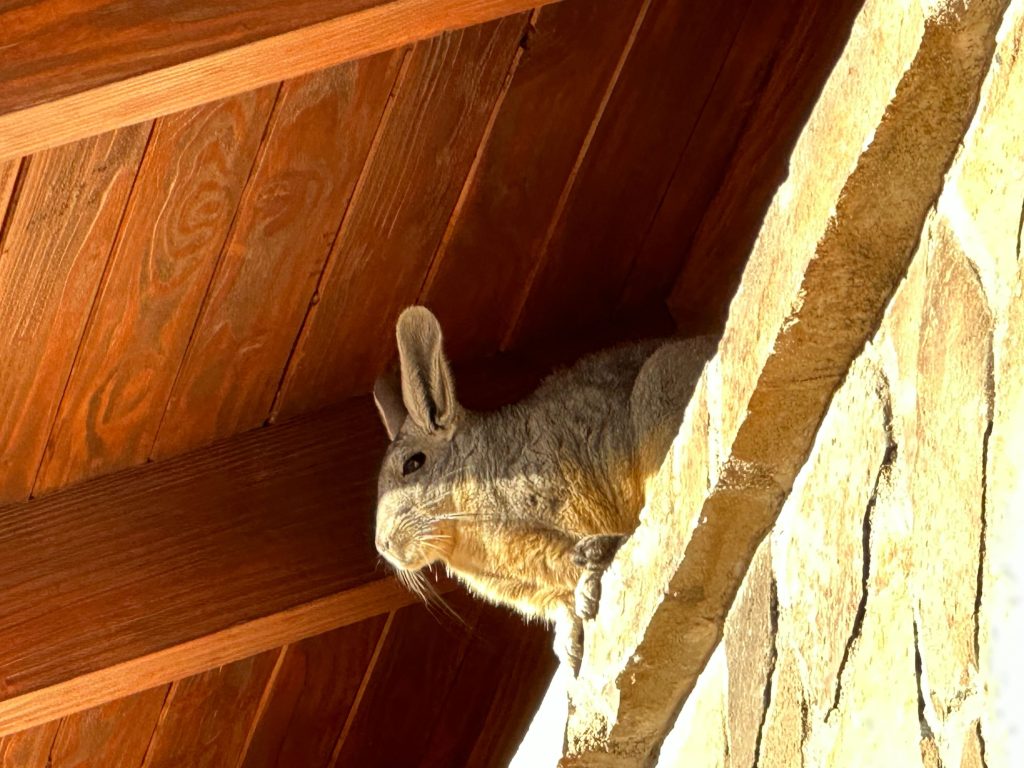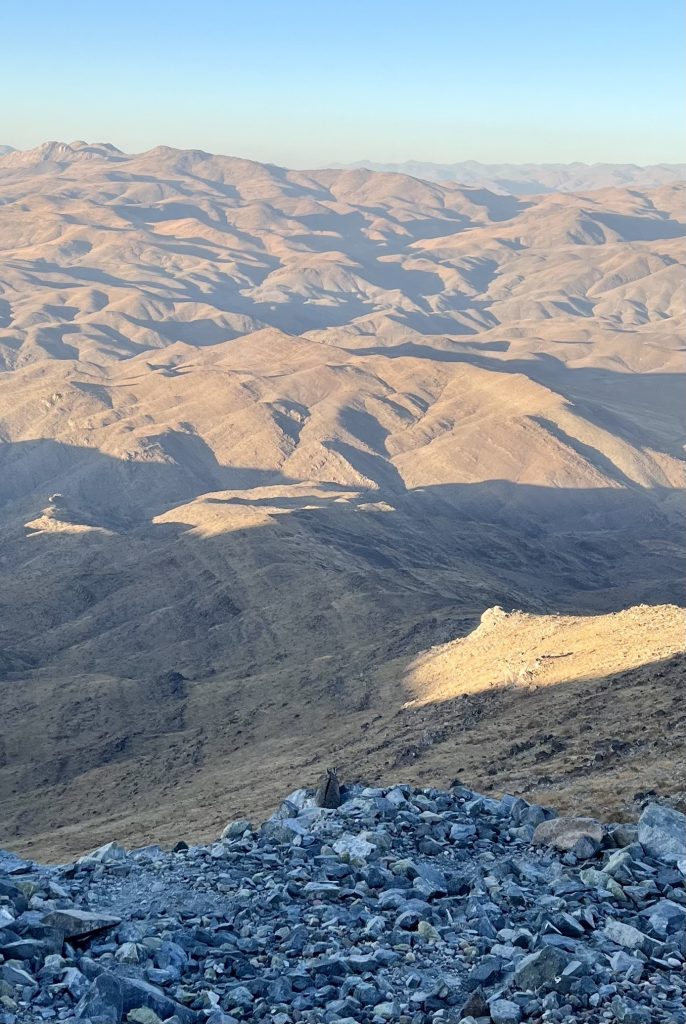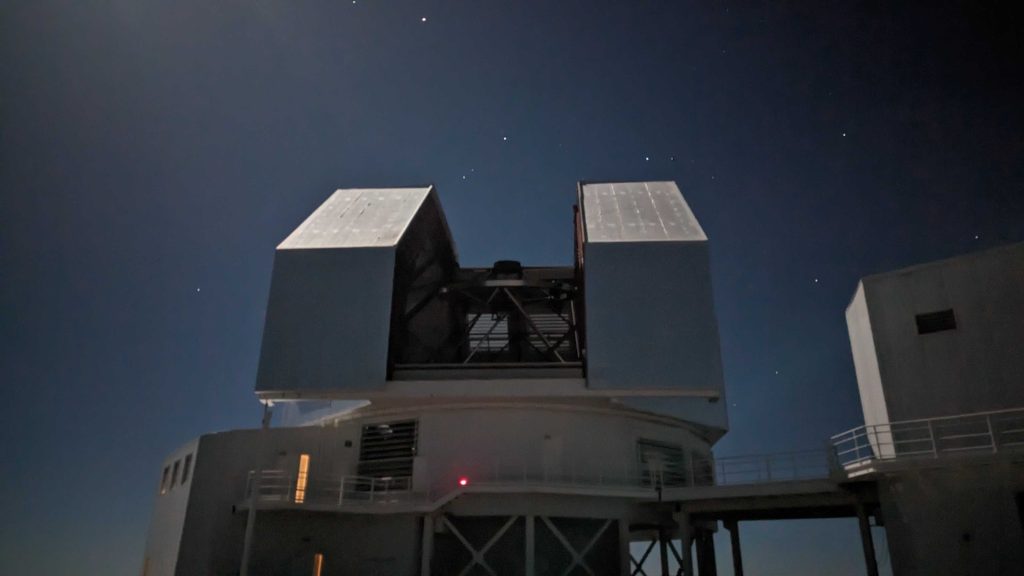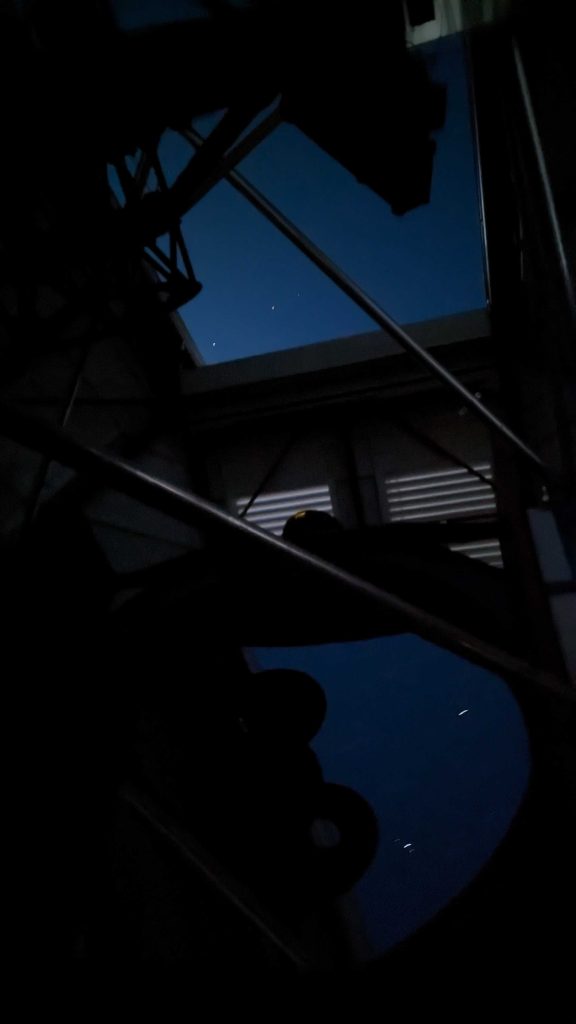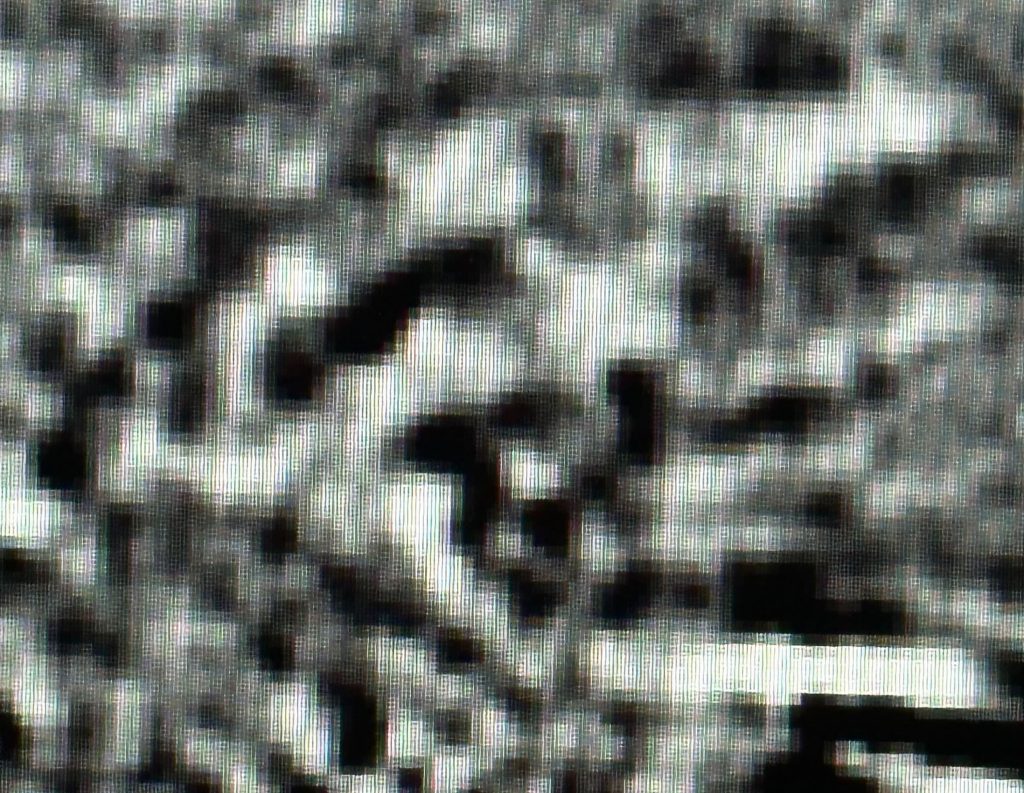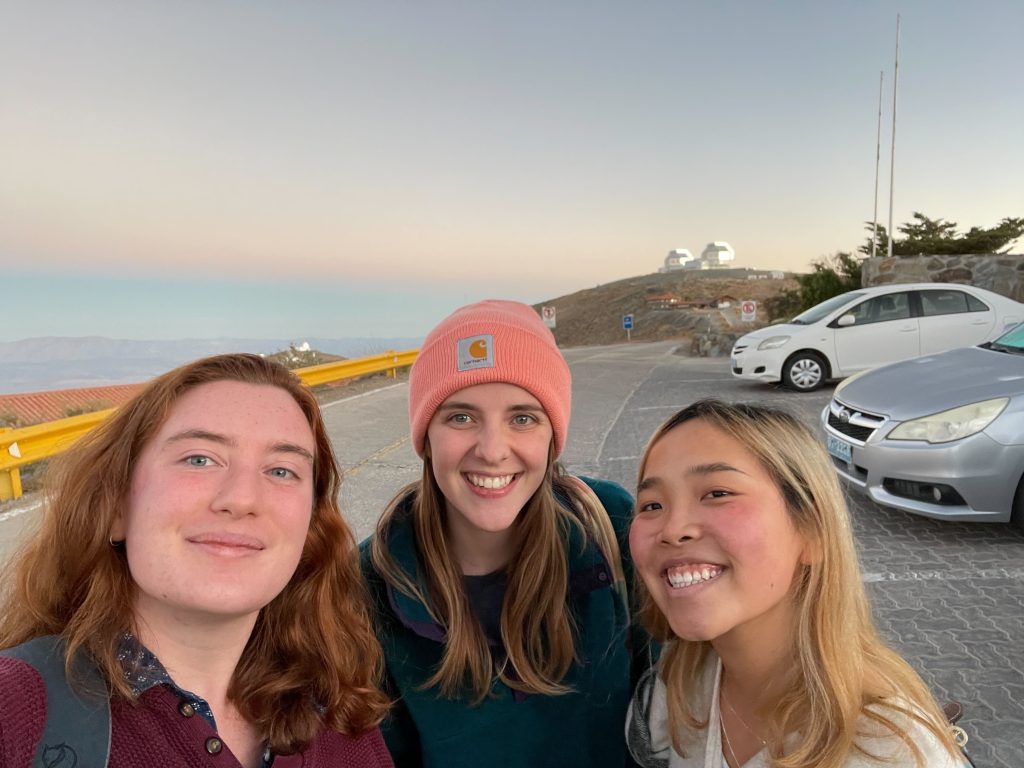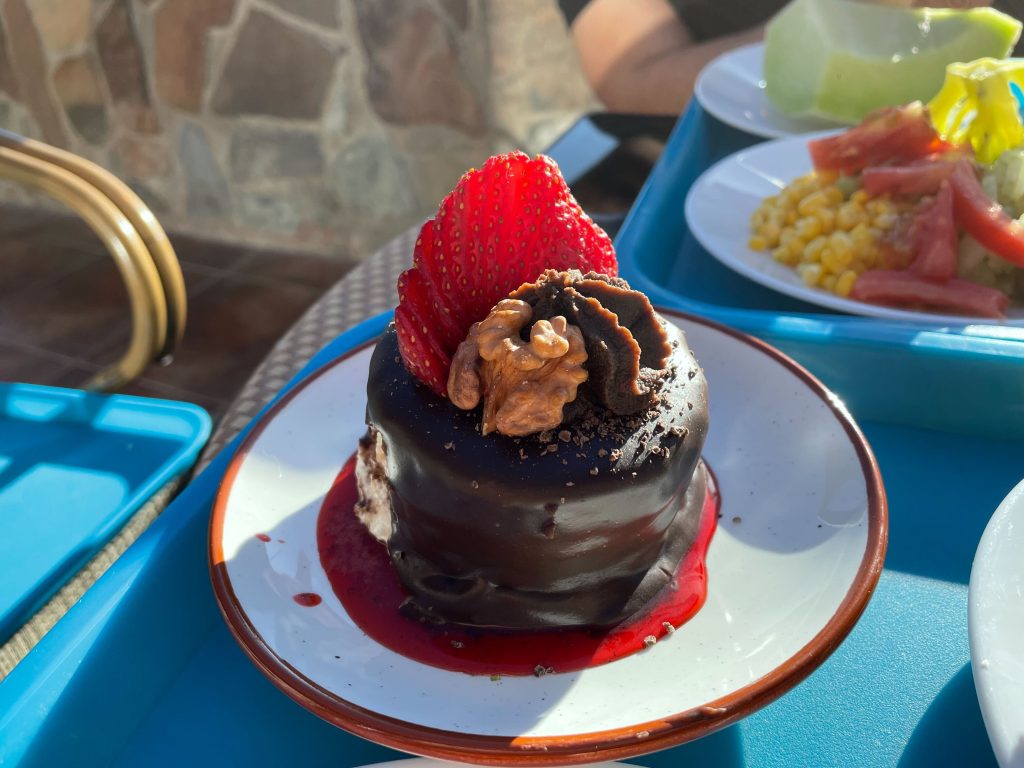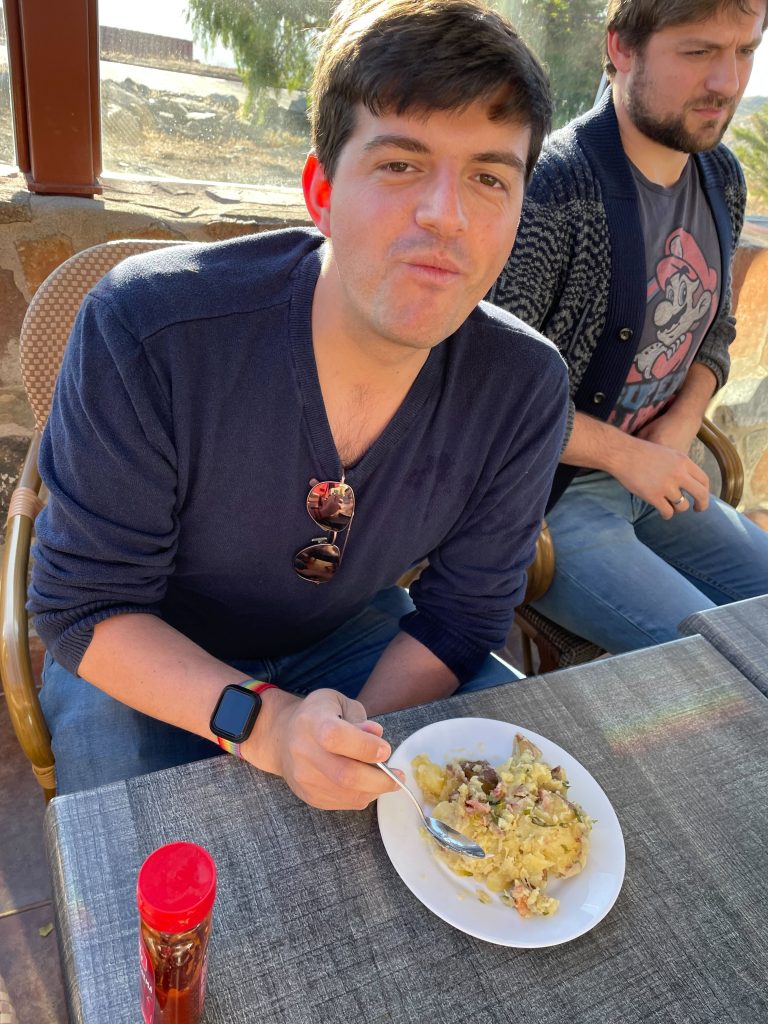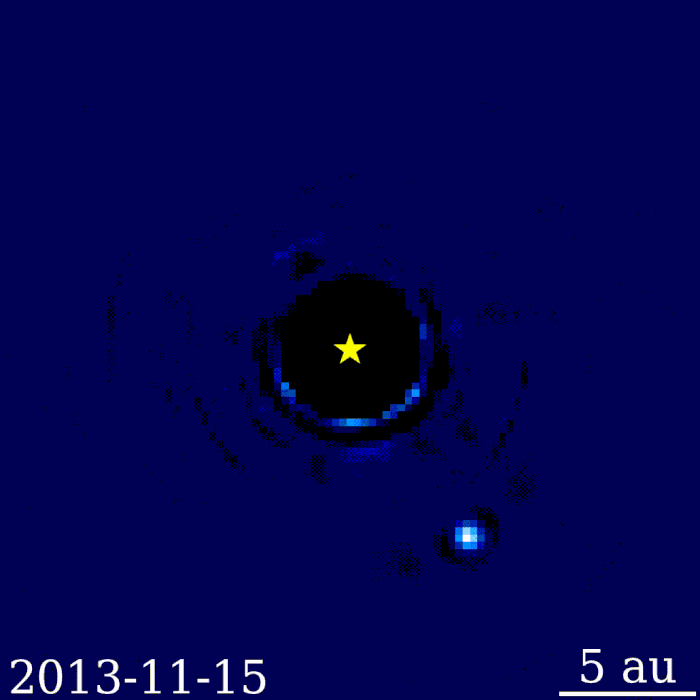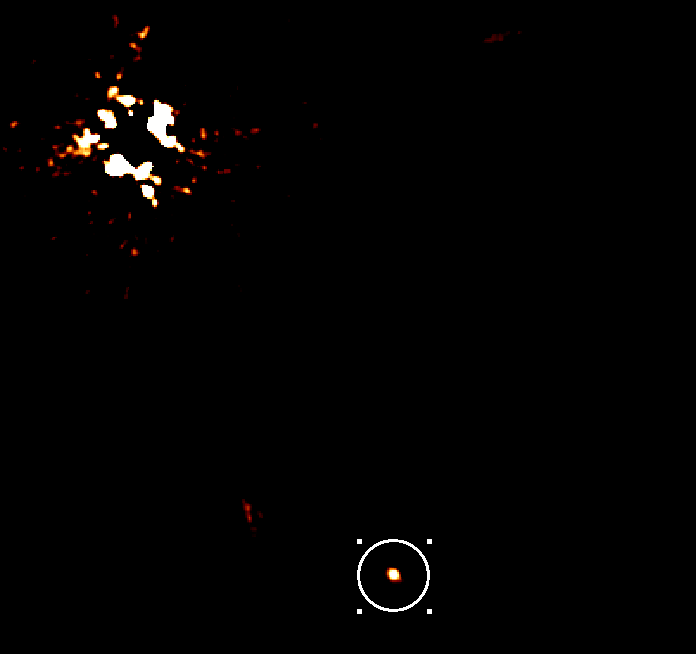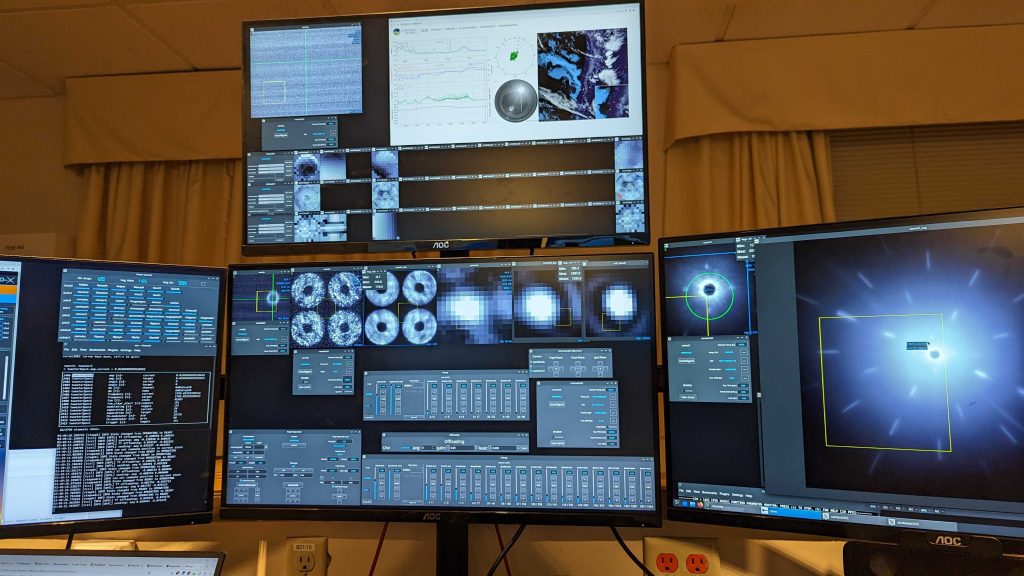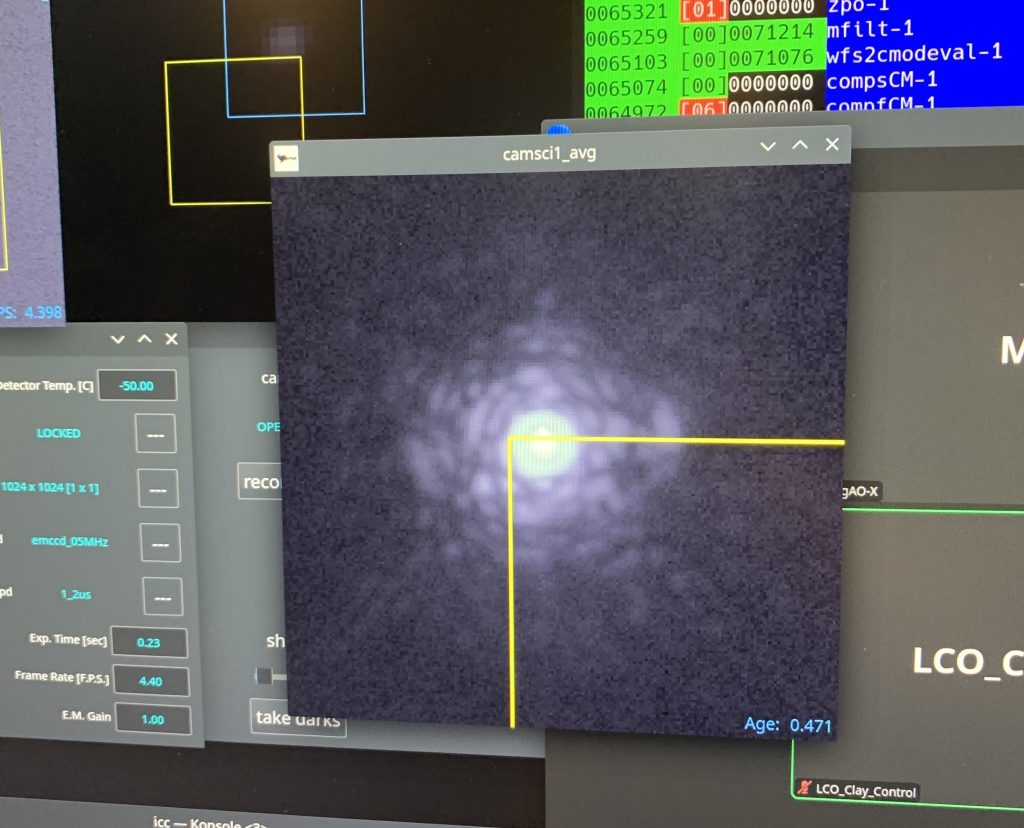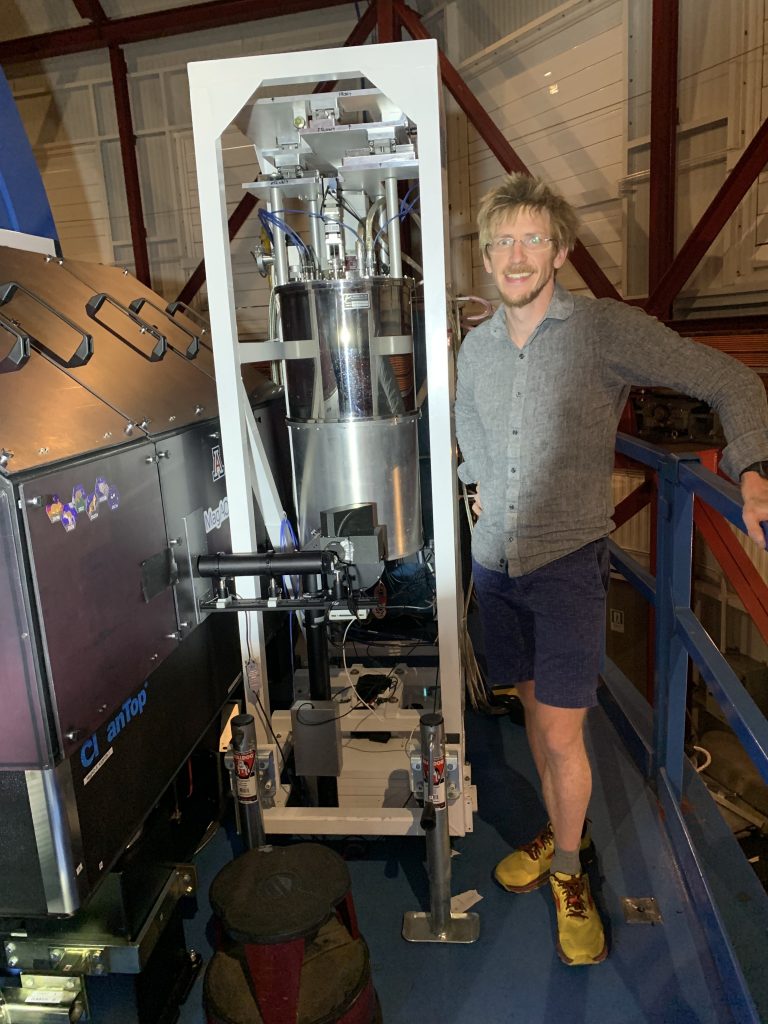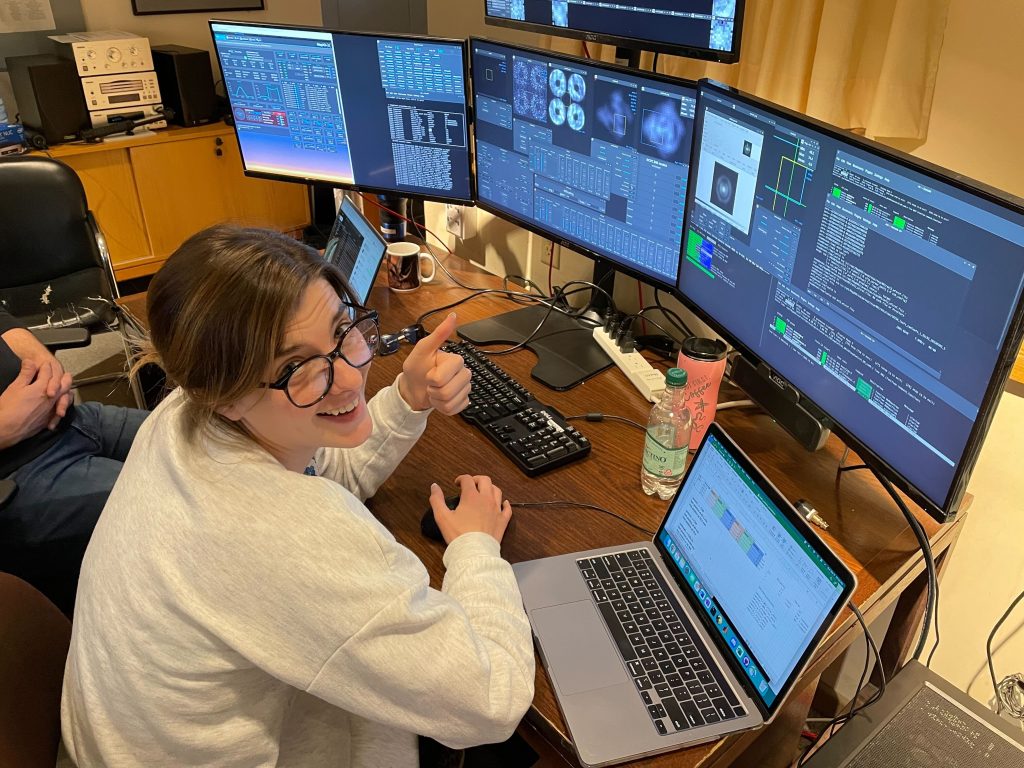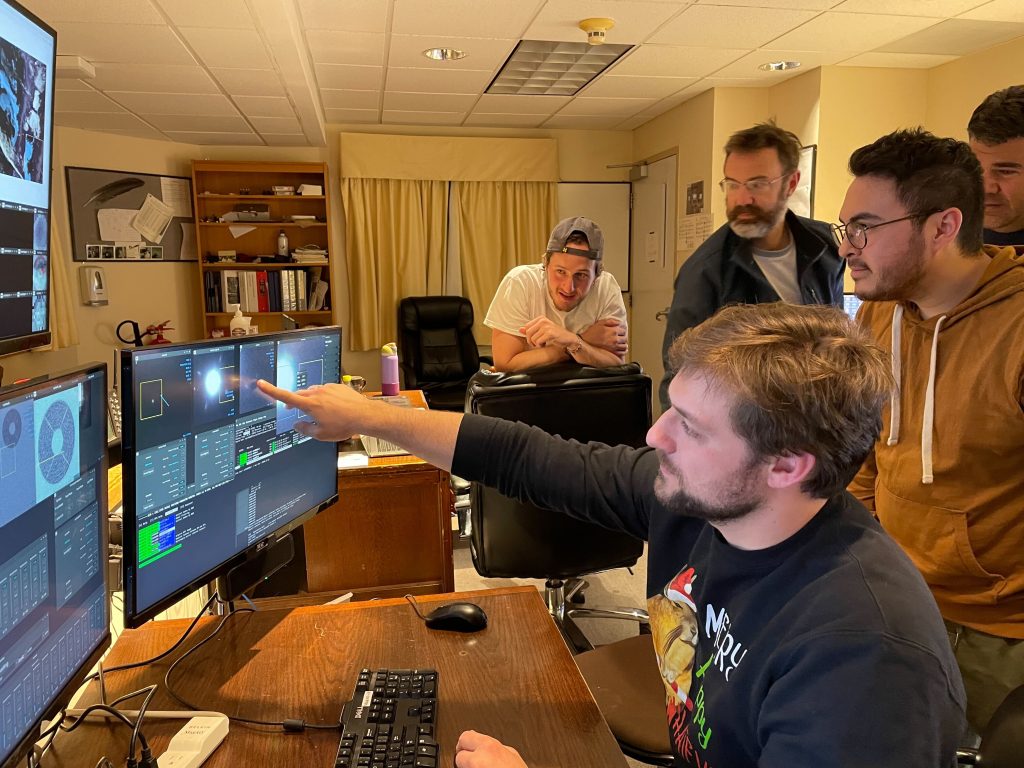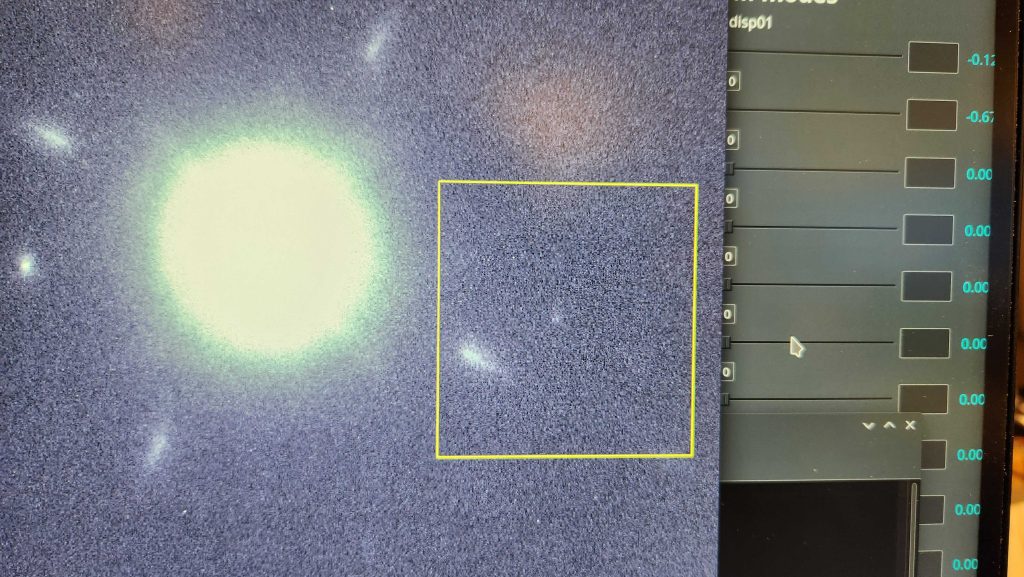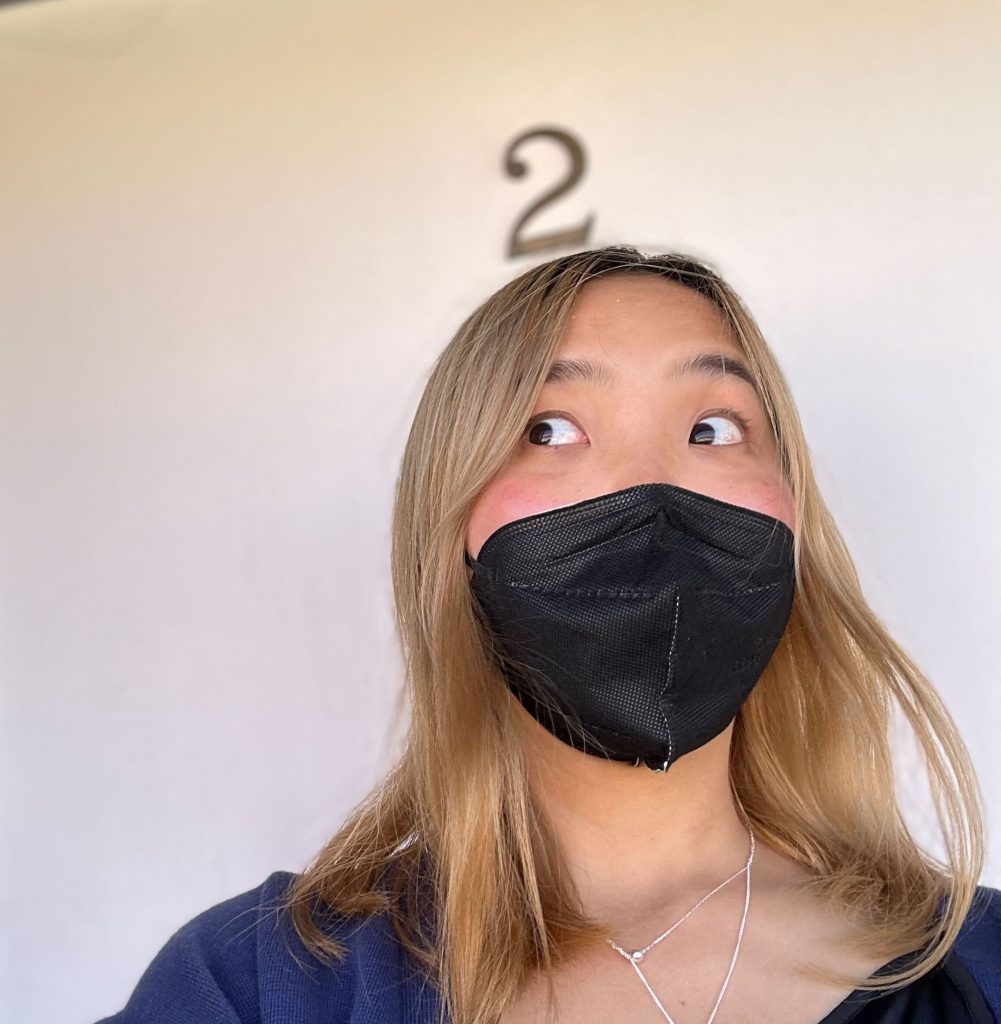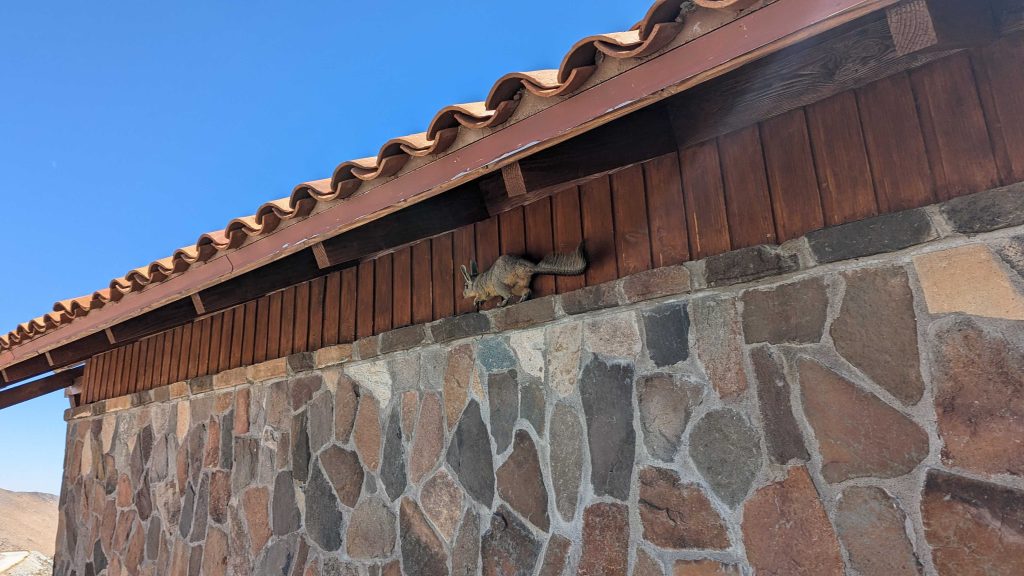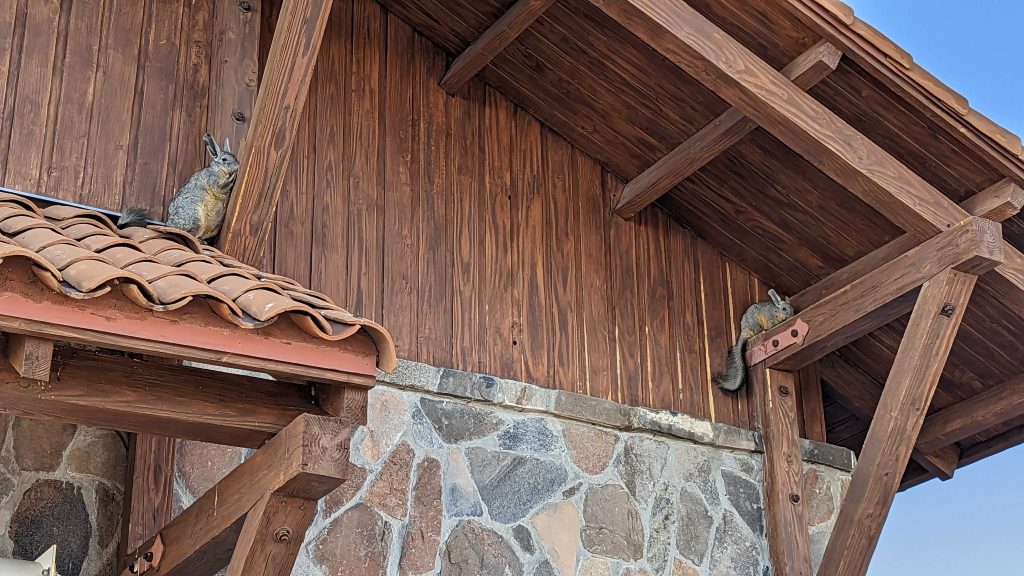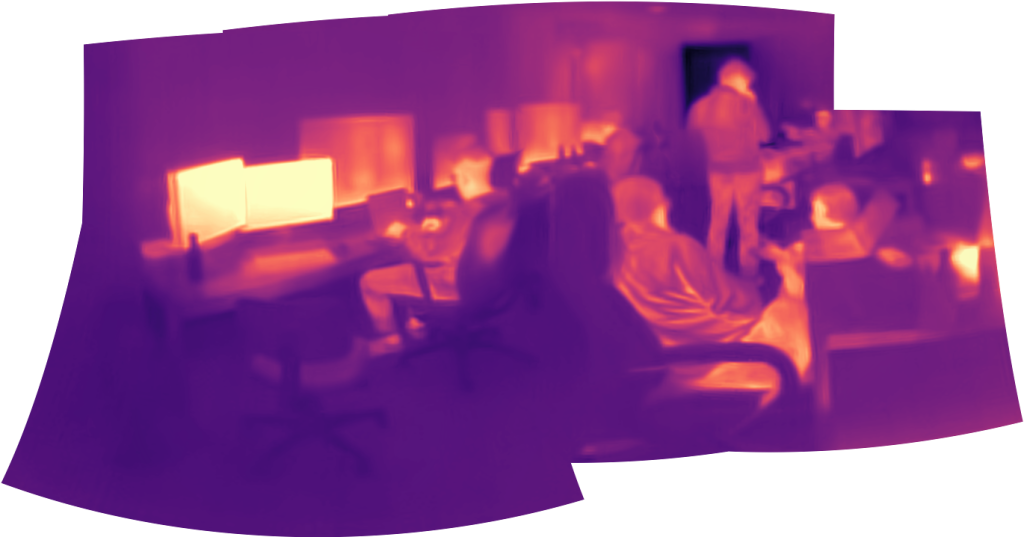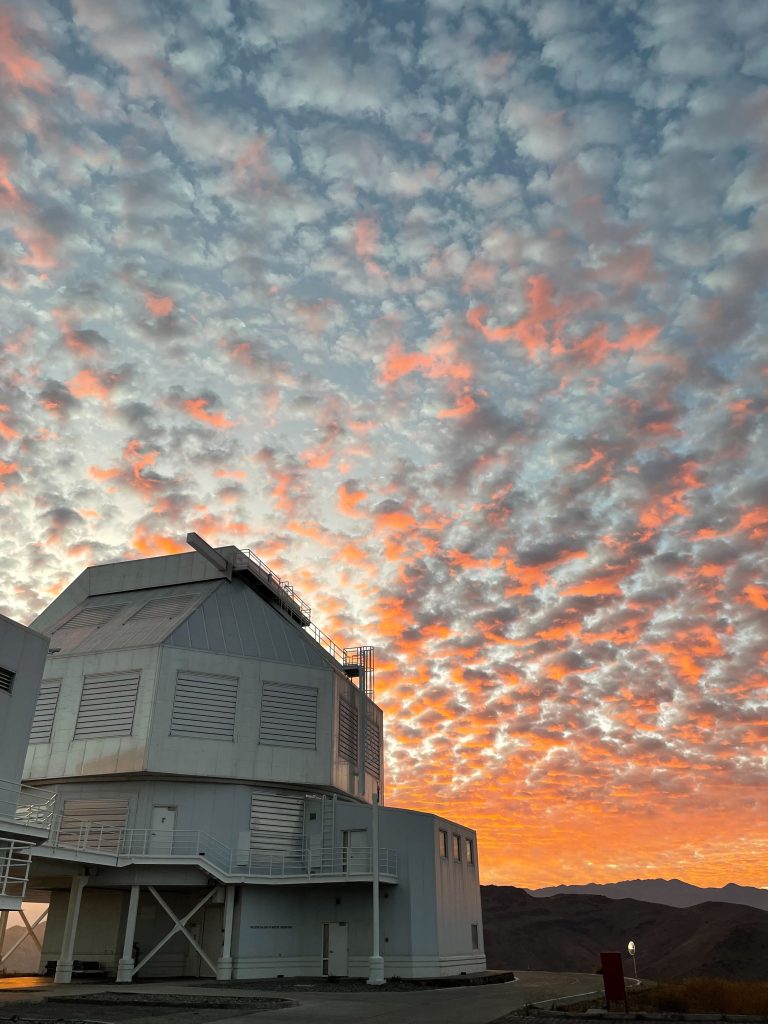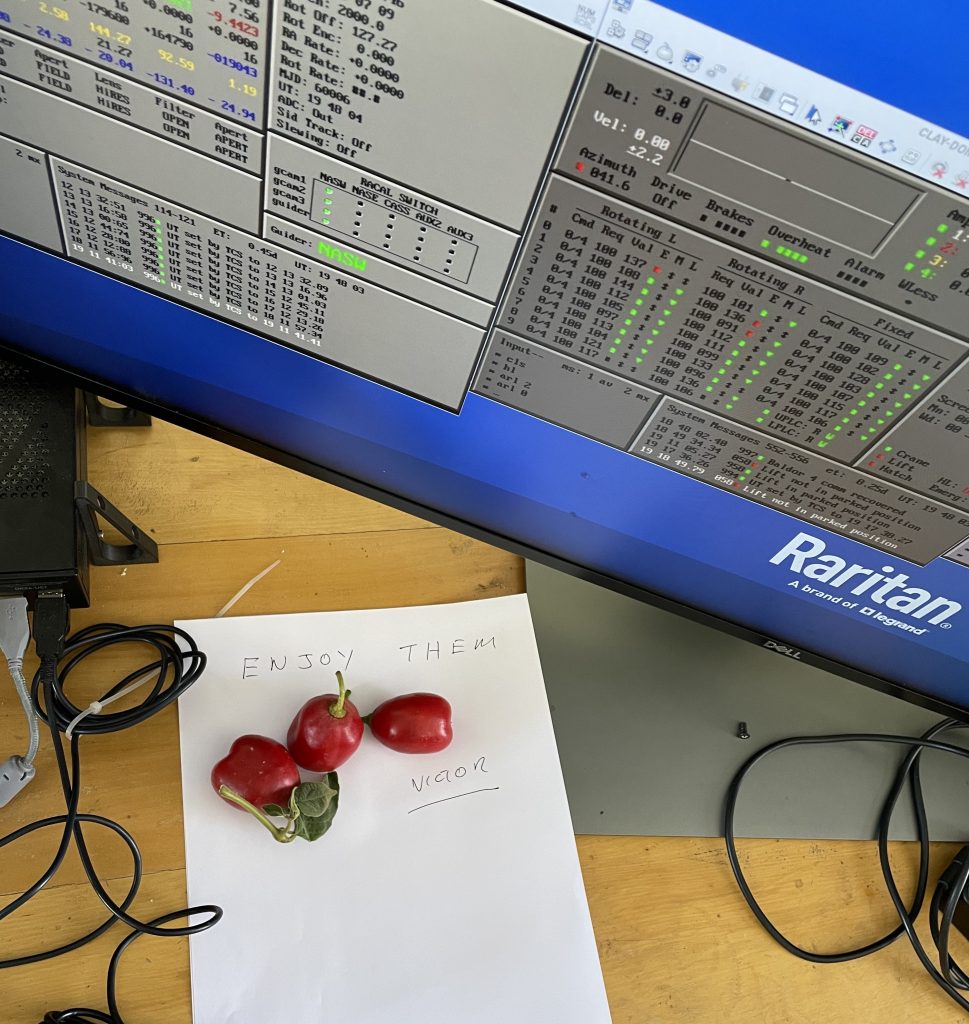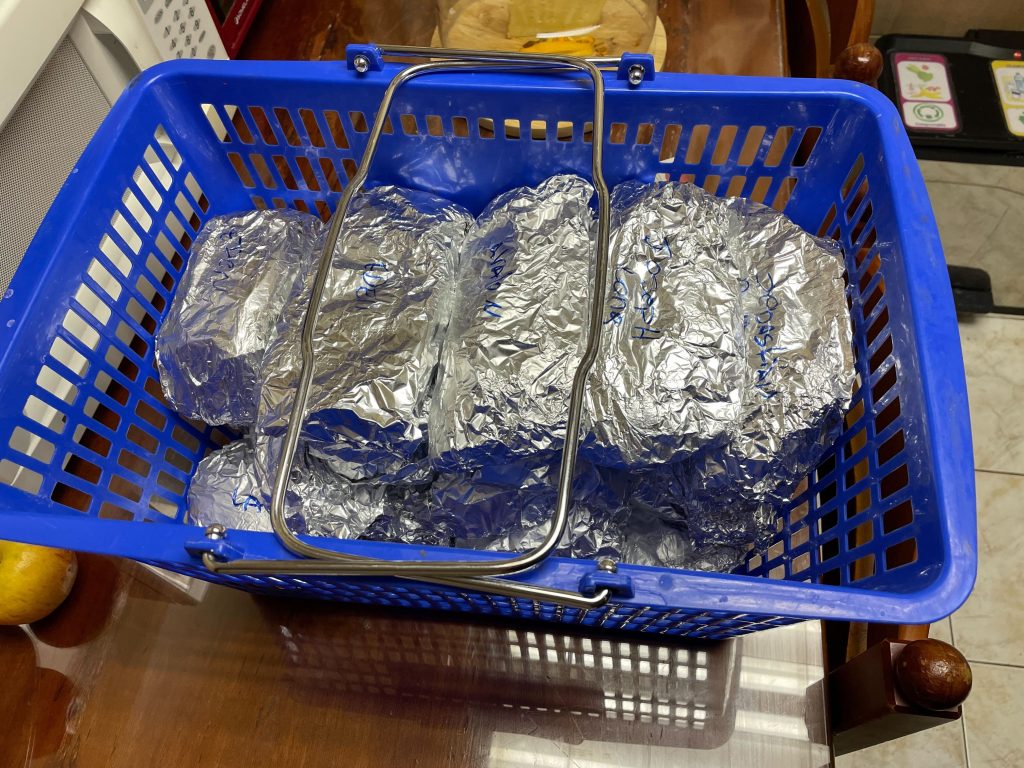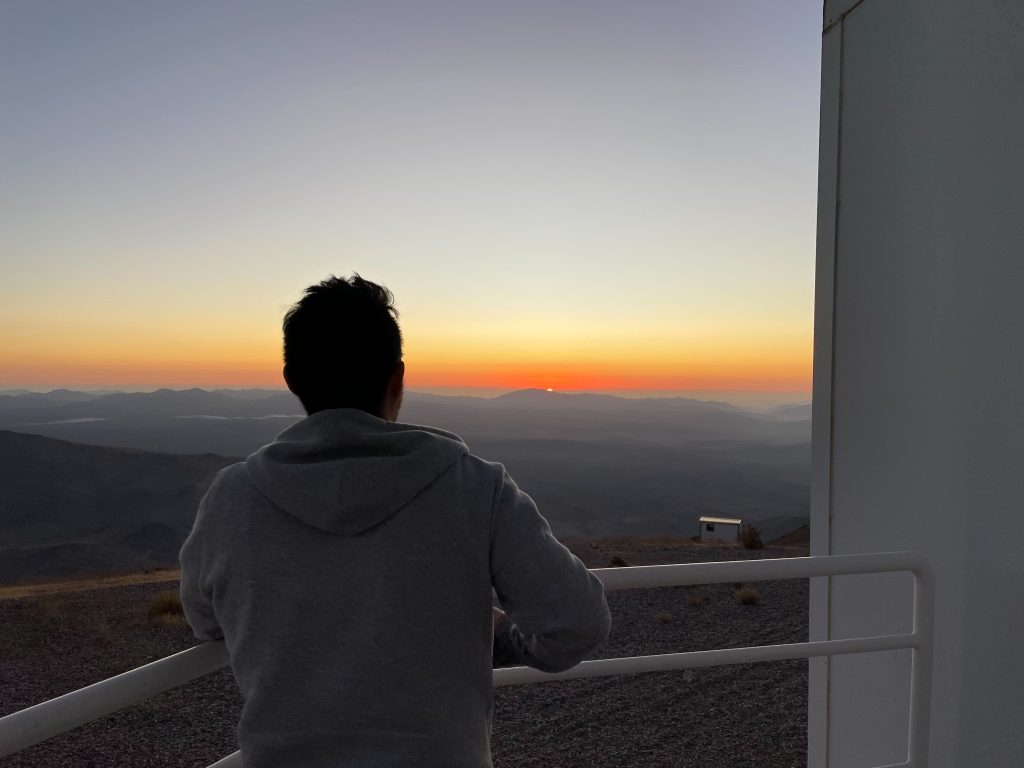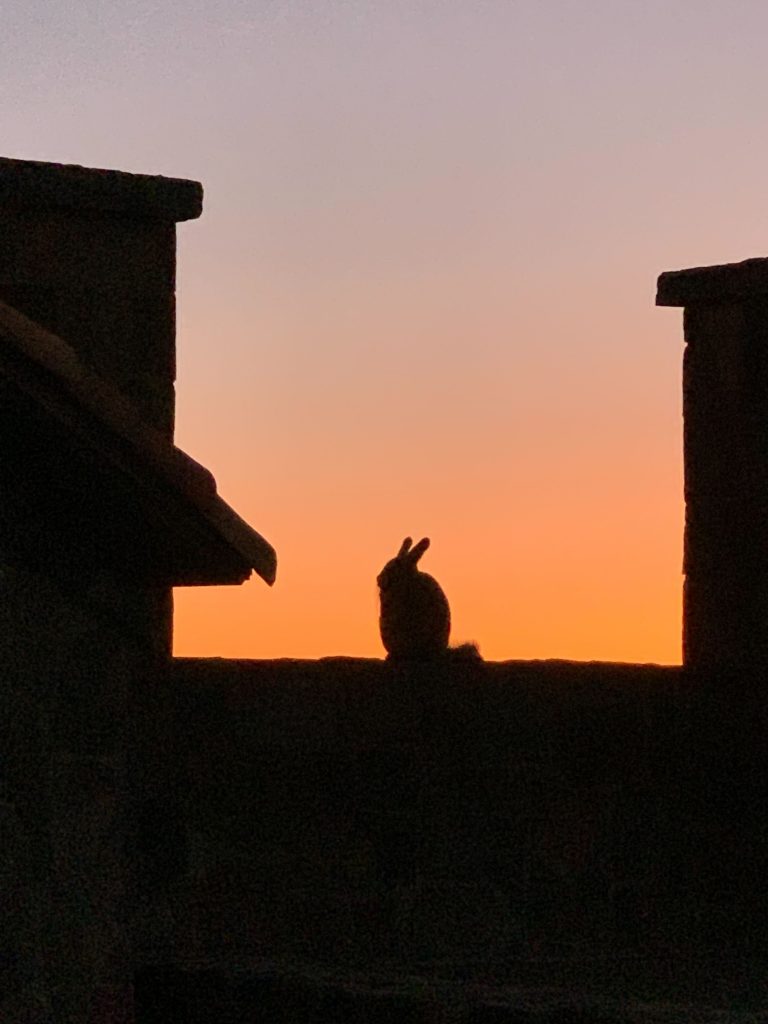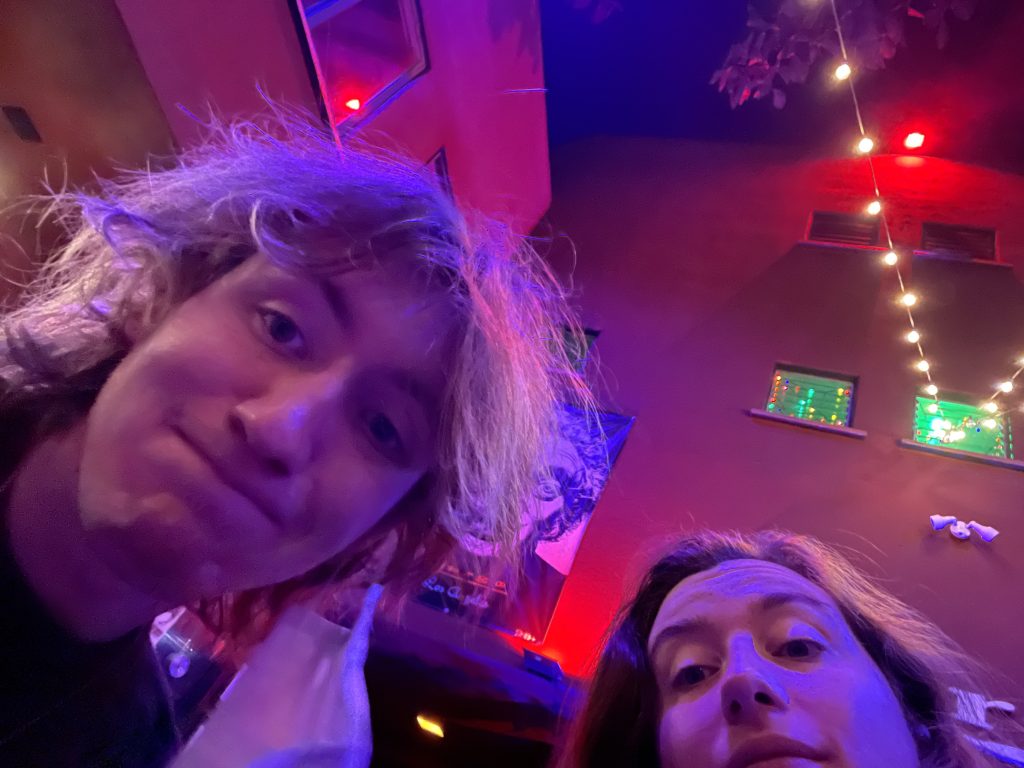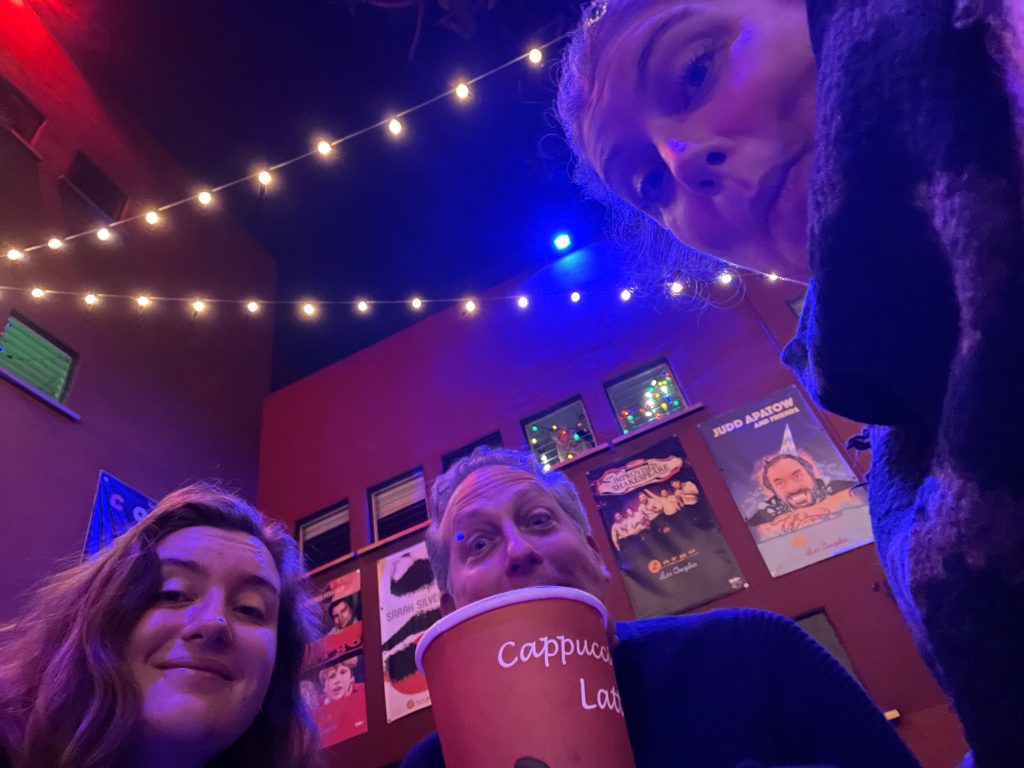We don’t want anyone reading at home (Katie) to think we’re slackers here. OK, actually, I’ve never actually found Slack useful except here. Basically, MagAO-X has just precipitated my mid-life crisis. First, having joined the observing remotely in 2022A, and maybe it was the effect of all these young people, I decided I wasn’t too old to learn a new programming language. Sure, I thought, I’ll just write a whole new pipeline for a new type of data in a new language (Python). After years of telling everyone that the best programming language is the one you already know, I’ll prove that I’m actually a hip, young programmer. I tell my husband that he should be happy this is the form my midlife crisis took. I didn’t go out an buy the Ford Mustang of my dreams (red, convertible). No, I wrote Python. I didn’t quit my job as an astronomer to vagabond across the world. No, I wrote Python. And yes, starting with being here in person last Fall, I also joined the MagAO-X Slack channels. Because that’s what hip young astronomers do, right?
What would my post be without a tarantula photo of the day? It’s ok team, you don’t have to look away, I won’t post it. I don’t want to precipitate a different type of crisis (arachna-crisis?). Instead, I’ll post Jared’s sunset selfie that I got from Slack (see, I can use it!).
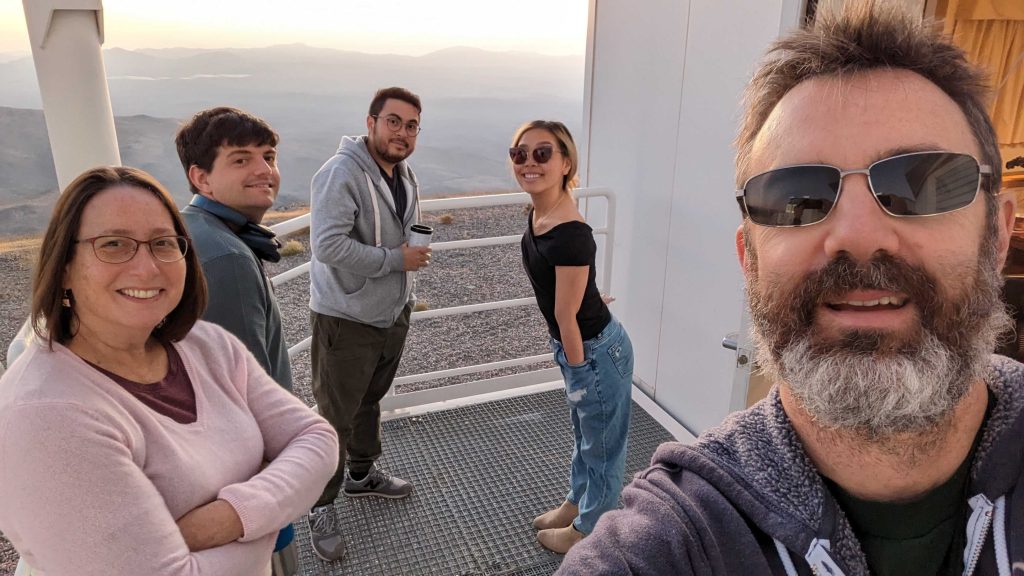
Alright, song of the day. It has to be Forever Young, because that’s what Python and Slack are evidently doing for me. Alphaville’s album came out in 1984, but I associate the song with my freshman year of college in 1987, because my roommate had the album on tape and played it a lot (for those not alive in the 1980s and therefore not yet ready for a mid-life crisis, tapes are a magnetic medium used to store information, in this case analog music). Somehow the song became an anthem of sorts for my then boyfriend, now husband of nearly 25 years, and me. The song is pretty emblematic of 80s youth: fear of nuclear war and suspicion of one’s elders. Each generation has its own angst.
Sometime in college, I bought him his own copy of the album on tape. At some point, I got the CD (for those not alive in the 1990s, CDs were a medium used to store digital information). Some years later when a my grad school office-mate figured out how to rip CDs, I used the IR astronomy group’s Sun Sparcstation and our CD writer (this was hot stuff back then!) to make “mix tape” CD of songs for the then still boyfriend, including, of course, Forever Young. When we finally got married, we asked the band to learn it for our wedding reception. There are some lyrics we have had wrong for so many years that we just keep singing along with ours even though we’ve looked up the words (I can’t hear them sing “perish like a fading horse” and I think “perish like a sea house” makes as much sense and fits the meter and rhyme scheme better).
